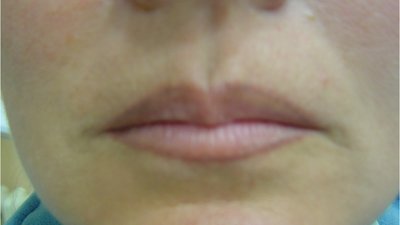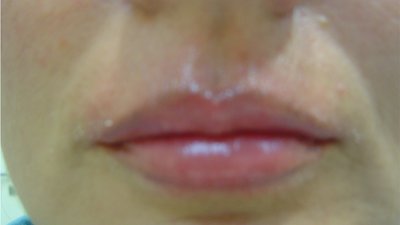Antiaging
Antiaging treatments
Dermal fillers
The filling-out of deep wrinkles and lines is best achieved by injecting hyaluronic fillers.
Save the beauty of your face for as long as you wish, with the help from these products. Restore the vigor back to your face.
This non-invasive technique may be a good option for you, if you are not ready for a longer post surgery recovery. Younger and fresher appearance of the face is achieved by using a combination of fillers. The procedure is performed under local anesthesia, or applying cream with anesthetic, which works locally.
The procedure is performed by using special blunt cannulas, which do not damage blood vessels, while the fine superficial wrinkles are filled out by thin needles. The swelling is minimal, and disappears after a day, or two. This is a quick and easy way to achieve the desired appearance.
Lipotransfer
Fat transplantation involves the use of one's own fatty tissue instead of synthetic fillers to fill-in wrinkles, and rejuvenate sagging skin - it is one of the most popular methods of natural lip enlargement.
The intervention is preferred and popular with patients since it's only slightly invasive, and offers natural rejuvenation.
Wrinkles are eliminated, lips achieve natural volume, cheeks regain fullness - the whole face is radiant again.
Fat tissue is transplanted either from the abdominal, or thigh region - it is first processed, and then injected by microcannulas into the desired region. The procedure is performed under local anesthesia, and sometimes in combination with analgosedation.
The patient leaves the hospital 3 hours upon the procedure, and can immediately return to daily activities.
The method can also be used to correct contour defects, due to injury/dystrophy.
In case that mild swelling, bruising and hardness of the region occur, these disappear within 5-7 days upon the intervention.
PRP treatment - for Face, Neck, Décolletage and Hands – 100% natural skin rejuvenation
Although blood is mainly a liquid (called plasma), it also contains small solid components (red cells, white cells, and platelets.) The platelets are best known for their importance in clotting blood. However, platelets also contain hundreds of proteins called growth factors which are very important in the healing of injuries.
Platelet-rich plasma (abbreviation: PRP) is plasma with many more platelets than what is typically found in blood. The concentration of platelets — and, thereby, the concentration of growth factors — can be 5 to 10 times greater (or richer) than usual. PRP is therefore blood plasma that has been enriched with platelets. As a concentrated source of autologous platelets, PRP contains several different growth factors and other cytokines that can stimulate healing of soft tissue.
To develop a PRP preparation, blood must first be drawn from a patient. The platelets are separated from other blood cells and their concentration is increased during a process called centrifugation. After centrifugation, the platelet and fibrin component of the blood (the top layer) is extracted and reinjected into the desired area of concern.
Our patients most often request having a PRP treatment to improve the texture of the skin, to reduce volume loss and fine lines, or to improve the appearance of dark circles under the eyes, which is an area that is usually difficult to treat with existing fillers. Unlike fillers that use various synthetic substances, PRP treatment uses the patient's natural biology to address skin defects and volume loss, triggering production of new cells and collagen formation. Because this filler is made from the patient's own blood, there is no risk for rejection, infection, or an allergic reaction.
Other patients prefer PRP for treatment of wrinkles or scars in the face, or to treat volume loss in the neck, décolletage, and hands, as well as acne scarring, and stretch marks.
PRP is less invasive than plastic surgery, and takes about 20 minutes for each treatment. The results are subtle, with gradual improvement in the injected area over a 3- to 5-week period. Full correction occurs at 4-7 weeks and can last as long as 18 months.
PRP can be repeated, and better results are seen with a total of 2-3 treatments, given 3-4 months apart. Patients can expect to see better results as they receive more treatments. With time, the results of PRP get better and better.
PRP can be combined with dermal fillers, injections, as well as facial surgery. Bear in mind - PRP builds tissue over time, whereas traditional filler breaks down over time.
PRP can also be combined with traditional fillers. If a patient has volume loss with a lot of fine lines and textural changes, PRP treatment will be used to create a new foundation of collagen and then dermal fillers would be used for the fine lines.
Finally, since PRP therapy is an old bioregenerative therapy, it has also been used extensively in specialities other than plastic surgery, such as dermatology, orthopedics and dentistry. Main indications: androgenic alopecia, wound healing, to treat burn victims and patients with severe ulcers, musculoskeletal or nerve injuries, the accelerated healing of bone grafts, to speed up soft-tissue healing from sports injuries, and as an adjunct to implant therapy in dentistry.


